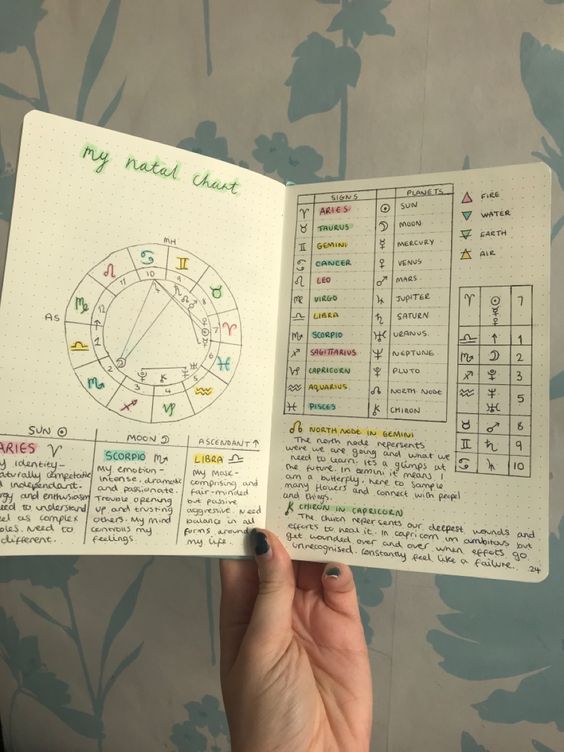In astrology, the distribution of planets across the four hemispheres of a birth chart—Southern or Northern, and Eastern or Western halves—provides insights into your interaction with the external environment and your psychological orientation. Southern Hemisphere …
Astrology Bits and Pieces

Natal Aspects 101: Astrology in the Classroom
In astrology, the “hard aspects” refers to the angles planets form with each other in your birth chart that are traditionally seen as challenging. These aspects, typically the square (90 degrees) and opposition (180 degrees),...

Feeling Like a New Sign? Maybe It’s Your 0-Degree Planet!
Traditionally, astrology focuses on the 12 zodiac signs, neglecting the influence of the individual degrees within each sign (which span 30 degrees each). However, a growing number of astrologers believe these degrees hold significant meaning,...

The Zodiac Stereotypes
Writing about the stereotypical traits of Taurus reminded me of when I was first delving into astrology. I remember feeling a bit jittery about saying stuff like “Aries is a bit self-absorbed,” or “Taurus is …

The Sun at the 29th Degree
Question: What does the Sun at the 29th degree mean? This degree is often seen as a point of intensity because it represents a crucial juncture. The energies associated with the sign are at their...

Exploring the Role of Orbs in Aspect Astrology
Question: What orbs are used in the field of astrology, and do practitioners typically opt for narrower or broader orbs of natal aspects in their application? In astrology, the concept of orbs plays a important...

Your Own Master or a Puppet of Fate? Left and Right Hemispheres
When exploring the dynamics of the hemispheres in astrology, it is crucial to approach generalizations with caution, as they involve grouping various houses and their qualities all together. Therefore, it is advisable to interpret them...

A Stellium: The Monster Energy in Your Chart
Do you feel stelliums have the power to create insecurity in the signs and houses in which they are placed? In the realm of astrology, the presence of a stellium in your life reveals a...

Decantes in Astrology: The Three Faces of a Sign
What are decantes in astrology? Each 30 degree sign is subdivided into three 10 degree sectors called decans (decantes), each of which is ruled by a different planet. The 36 ten-degree decanates found in ancient...

Inward Reflection, Outward Expression: The Inner-Outer Persona
In the area of astrology, whether you’re more of an inner or outer person is determined by the arrangement of planets in your birth chart. Those positioned at the top indicate an outer focus, while...

What Are Stationary Planets: An Easy Guide to Help You Work Out if You Have a Stationary Planet at Birth
It has been my experience that students of astrology are most interested in learning how to locate a stationary planet in their chart before delving into what that planet might signify. Even when stationing retrograde...

What Is a Singleton Planet?
A sort of tragic irony exists in this introduction, since there is some debate over what exactly a singleton is and whether or not it should be included in chart interpretation. Although it is very uncommon to...
